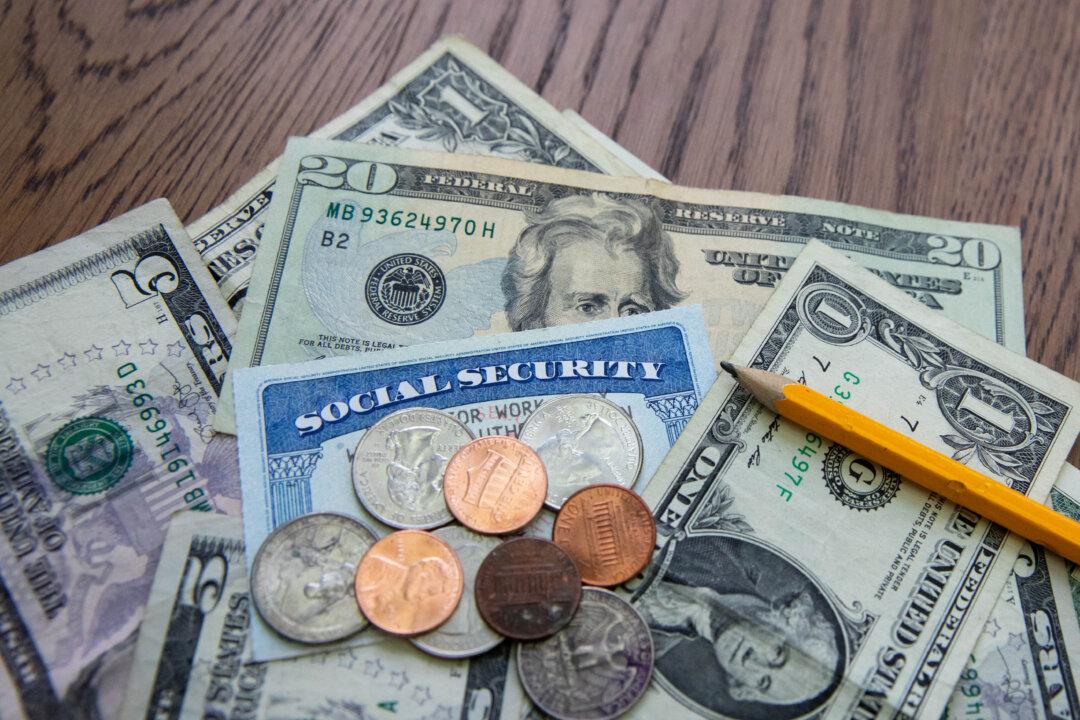By Lisa Gerstner
From Kiplinger’s Personal Finance
In a video from TikTok account AbundantGains, a woman separates cash from her paycheck into clear plastic envelopes with labels: $40 for Black Friday shopping, $50 toward getting a tattoo, $355 to save for a future home purchase, $215 for a vacation. There’s something satisfying and soothing about watching her neatly tuck away the bills.






